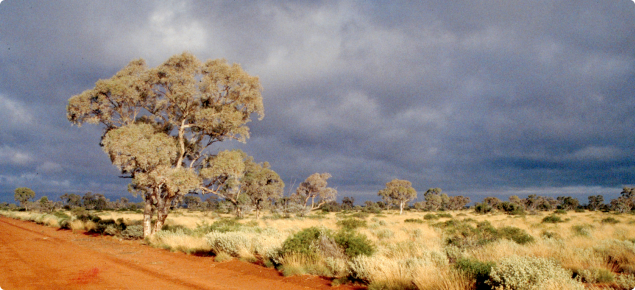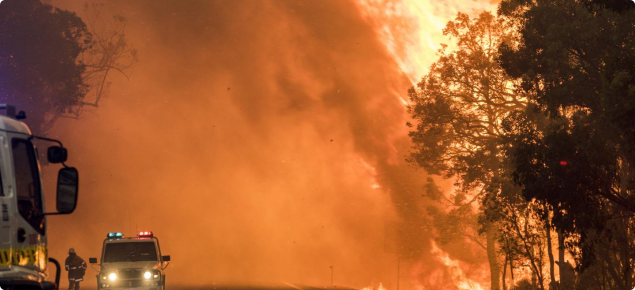In the event of an emergency, it is advisable to act as soon as possible to minimise the risk to lives and property and to ensure ample time to respond to the welfare of animals for the present incident. Animals may behave differently during emergency situations, and may become frightened and stressed. A previously prepared emergency plan will help guide response activities.
As an owner or carer of animals, it is your responsibility to ensure their welfare in case of emergency. Where possible and safe, preference is for animals to be evacuated to ensure their safety. Where it is not possible to evacuate animals in advance, or take them with you, it may be possible to relocate animals to safer areas within the property to minimise the potential harm.
Be aware
As an owner or carer of animals, it is important you are aware of the risks to your animals and your property and that you keep updated during high risk periods. The best way to keep up to date is to seek information from a variety of sources. Emergency WA is the primary location of emergency information for WA. It includes information on fires, floods, storms, earthquakes, tsunamis, hazardous material incidents and traffic crashes. Emergency WA also recommends getting informed by:
- staying in touch with neighbours, family and friends
- being alert and aware of your surroundings
- following DFES on Facebook and Twitter
- listening to ABC local radio
- tuning in to 6PR in the metropolitan area
Be ready
When the risk is high or an incident has occurred, be ready to put your emergency plan into action. A good plan will help you identify triggers to act and when you may need to make alternative arrangements. You should review your plan regularly and make sure you have everything you need for when an incident may occur.
Evacuate or relocate (safer areas)
Responding to the welfare of your animals in an emergency will depend on if you plan to evacuate animals outside of the potential impact area, or if they will be relocated to a safer area within the property. Prior planning and preparation can improve the outcomes of both evacuation and relocation to safer areas.
Read further on Evacuating animals in emergencies or Safer areas for animals in emergencies.




